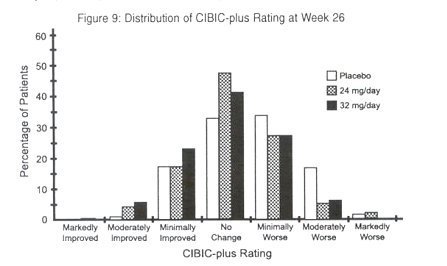Effect of galantamine on the human ?7 neuronal nicotinic acetylcholine receptor, the Torpedo nicotinic acetylcholine receptor and spontaneous cholinergic synaptic activityLaboratory of Molecular and Cellular Neurobiology, Department of Cell Biology and Pathology, Medical School-Bellvitge Campus, IDIBELL-Universitat de Barcelona, Feixa Llarga s/n, L'Hospitalet de Llobregat, 08907, ESPAGNE1 Various types of anticholinesterasic agents have been used to improve the daily activities of Alzheimer's disease patients. It was recently demonstrated that Galantamine, described as a molecule with anticholinesterasic properties, is also an allosteric enhancer of human ?4?2 neuronal nicotinic receptor activity. We explored its effect on the human ?7 neuronal nicotinic acetylcholine receptor (nAChR) expressed in Xenopus oocytes. 2 Galantamine, at a concentration of 0.1 ?M, increased the amplitude of acetylcholine (ACh)-induced ion currents in the human ?7 nAChR expressed in Xenopus oocytes, but caused inhibition at higher concentrations. The maximum effect of galantamine, an increase of 22% in the amplitude of ACh-induced currents, was observed at a concentration of 250 ?M Ach. 3 The same enhancing effect was obtained in oocytes transplanted with Torpedo nicotinic acetylcholine receptor (AChR) isolated from the electric organ, but in this case the optimal concentration of galantamine was 1 ?M. In this case, the maximum effect of galantamine, an increase of 35% in the amplitude of ACh-induced currents, occurred at a concentration of 50?M ACh. 4 Galantamine affects not only the activity of post-synaptic receptors but also the activity of nerve terminals. At a concentration of I ?M, quantal spontaneous events, recorded in a cholinergic synapse, increased their amplitude, an effect which was independent of the anticholinesterasic activity associated with this compound. The anticholinesterasic effect was recorded in preparations treated with a galantamine concentration of 10 ?M.
EFFECT OF GALANTAMINE
reminyl dose
